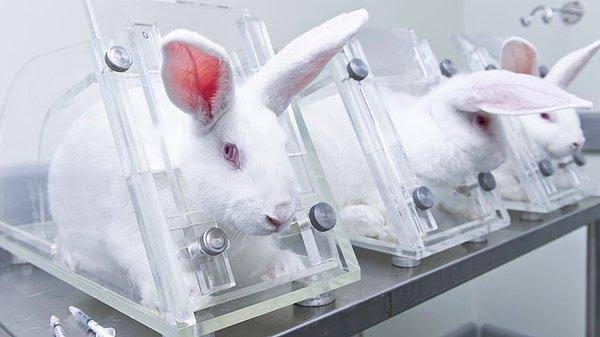It is a debate that has been going on for years – should we test drugs on animals before we use them on humans? On one hand, it could be seen as necessary in order to ensure the safety of human life. On the other hand, it can be viewed as cruel and unnecessary torture of innocent animals. In this article, we will dive into both sides of the argument to try and come to a conclusion about testing drugs on animals.
What is Animal Testing?
Animal testing is the use of animals in scientific experiments to test the safety and efficacy of new drugs. Animal testing has been used for centuries to help scientists understand how new drugs work in the body, and it is still considered an important tool in drug development today.
There are a variety of different types of animal tests that can be used to evaluate the safety and efficacy of new drugs. The most common type of animal test is the acute toxicity test, which assesses the potential for a new drug to cause death or serious side effects when given at high doses. Other types of animal tests include chronic toxicity tests, which look for long-term side effects; reproductive toxicity tests, which assess the potential for a new drug to cause birth defects; and behavioral toxicity tests, which assess whether a new drug causes changes in behavior that could be harmful to humans.
Animal testing is controversial because it can be cruel and painful for the animals involved. Animals in experiments are often subjected to harsh conditions, including being confined to small cages, being force-fed drugs, and being exposed to potentially harmful substances. Some people believe that animal testing is necessary in order to protect human health, while others believe that it is cruel and unnecessary.
Types of Animal Testing
Animal testing is a controversial topic with passionate advocates on both sides. Some argue that animal testing is necessary in order to develop life-saving medications, while others contend that it is cruel and inhumane. So, what are the different types of animal testing?
There are three main types of animal testing: toxicity testing, efficacy testing, and behavioral testing. Toxicity testing assesses the potential harmful effects of a substance on an animal. Efficacy testing determines whether a substance is effective in treating a particular condition. Behavioral testing looks at how an animal reacts to a new environment or change in its surroundings.
Each type of test has its own set of pros and cons. Toxicity tests can be expensive and time-consuming, but they provide valuable information about the safety of a substance. Efficacy tests are often less expensive and quicker to conduct, but they may not give as much insight into how a drug will affect humans. Behavioral tests can be helpful in understanding how an animal will react to changes in its environment, but they may not be predictive of how humans will respond to a new drug.
Ultimately, the decision of whether or not to use animals in testing rests with the individual researcher or organization. Some people feel strongly that animal testing is necessary for medical progress, while others believe that it is cruel and should be avoided whenever possible.
Alternatives to Animal Testing
There are many ways to test the safety of new drugs without using animals. In vitro (cell culture) methods can be used to study the effects of a new drug on human cells. This approach is often used in early stages of drug development, before animal testing is done.
Computational methods, such as computer simulations and mathematical modeling, can also be used to predict how a new drug will behave in the body. These methods are often used together with in vitro studies.
Alternatives to animal testing are often more efficient and less expensive than traditional animal tests. They also have the potential to be more predictive of human response, since they use human cells or tissues.

